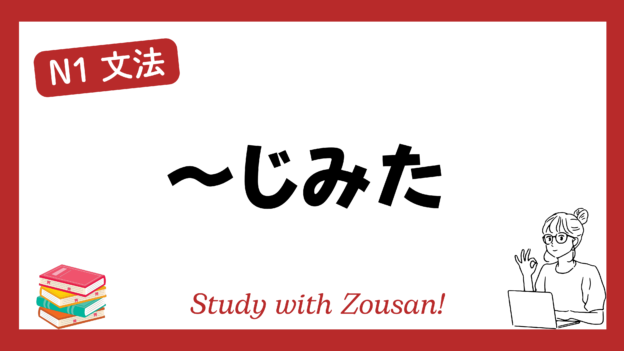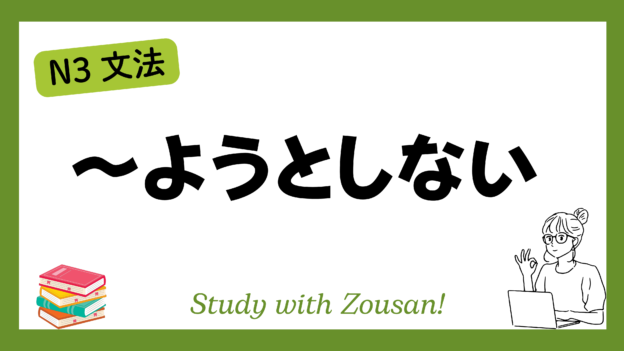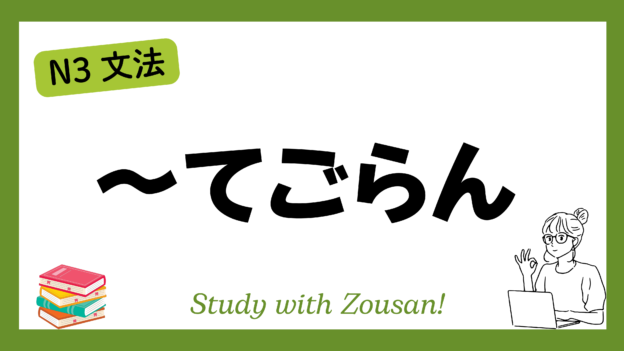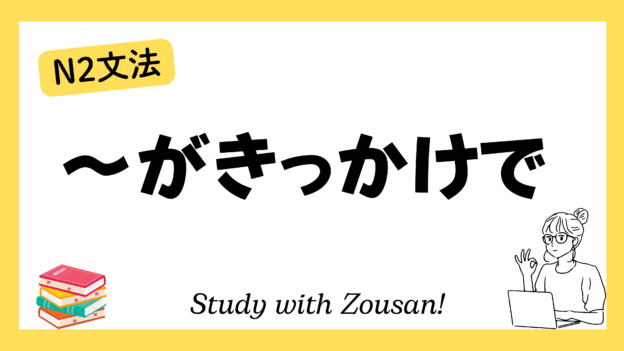N5文法:も
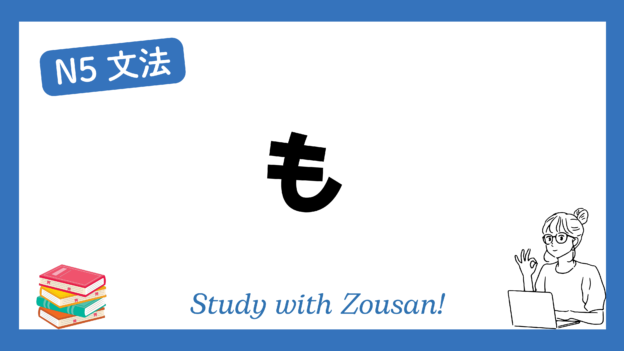
2024.10.09
Meaning: “Also, too”
This structure is used to indicate similarity or to add information, usually implying that something also occurs, has similar characteristics, or belongs to a specific group. It is often used to emphasize that something is similar to something previously mentioned.
※Note: “も” can be used with nouns, verbs, and adjectives. It can appear in various positions in a sentence but is typically placed after a noun or verb.
Structure:
| Noun + も |
Example:
-
-
-
🌟 私も学生です。
(わたし も がくせい です)
I am also a student. -
🌟 彼は医者で、私も医者です。
(かれ は いしゃ で、わたし も いしゃ です)
He is a doctor, and I am also a doctor. -
🌟 この本は面白いです。あの本も面白いです。
(この ほん は おもしろい です。あの ほん も おもしろい です)
This book is interesting. That book is also interesting. -
🌟 明日も会いましょう。
(あした も あいましょう)
Let’s meet tomorrow too. -
🌟 この店の料理も美味しいです。
(この みせ の りょうり も おいしい です)
The food at this restaurant is also delicious. -
🌟 私もそれが好きです。
(わたし も それ が すき です)
I like that too. -
🌟 雨が降っています。風も強いです。
(あめ が ふっています。かぜ も つよい です)
It is raining. The wind is also strong. -
🌟 この映画は見たことがありますか?私は見ました。あなたも見ましたか?
(この えいが は みた こと が あります か? わたし は みました。 あなた も みました か?)
Have you seen this movie? I have. Have you seen it too? -
🌟 彼女もパーティーに来るでしょう。
(かのじょ も パーティー に くる でしょう)
She will probably come to the party too. -
🌟 日本語も英語も話せます。
(にほんご も えいご も はなせます)
I can speak both Japanese and English.
-
-





